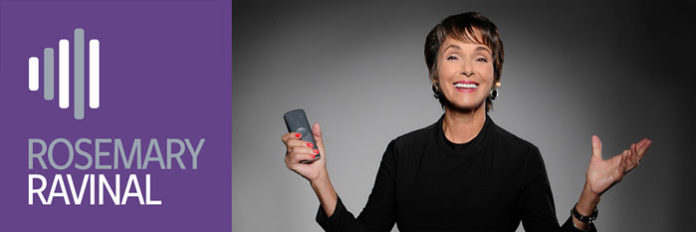What if you were told by a successful public speaking coach and public relations veteran that becoming a confident communicator could be as easy as ABCs? While many factors contribute to effective public speaking, four essential qualities stand out, Rosemary Ravinal shares in this fresh column.
By Rosemary Ravinal
Here are four ways to stand out when it comes to being a great public speaker.
Put them into practice, and you’ll elevate the quality of your speeches and presentations.
|
|
|
Authenticity, brevity, clarity, and spontaneity are not standalone qualities but are interdependent. Together, they form the foundation of effective public speaking. Authenticity builds trust, brevity respects the audience’s time, clarity ensures understanding, and spontaneity keeps the audience engaged. Remember, the goal of public speaking is not just to inform, but to connect, inspire, and persuade. When you speak from the heart, keep your message concise and clear, and allow yourself to be present in the moment, you create an experience that resonates long after the speech is over.

Contact Rosemary Ravinal for details on public speaking training programs or one-on-one coaching services in any of the following areas, in both English and Spanish:
-
Public Speaking
-
Media Readiness
-
Presentation Skills




